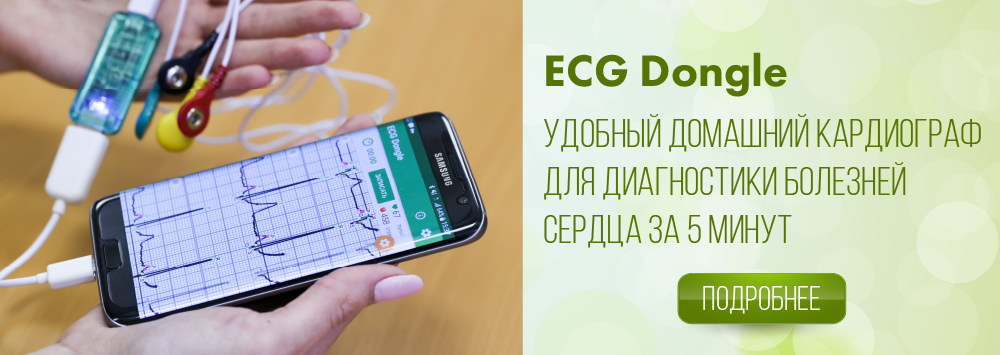Sinus cardiac pacemaker
The normal rhythm of the heart is the sinus rhythm. This means that the sinus node is the cardiac pacemaker . It is the fastest physiological pulse generator. The sinus node is located in the upper part of the right atrial wall. At first, the cells of the right atrium depolarize, then the left atrium. The impulse reaches the atrioventricular junction and stimulates the ventricles, spreading along the branches of bundle of His (see: conduction system of the heart).
Sinus rhythm is the most common inscription that is on the ECG. And, if nothing else is added and the frequency (heart rate) is indicated from 60 to 90 beats per minute (for example, heart rate 68 beat per minute), it is the most favorable variant, indicating that the heart works like a clock. This is a rhythm set by the sinus node (the main cardiac pacemaker that generates elecrical impulses that cause the heart to contract). The sinus rhythm assumes well-being, both in the condition of this node, and the health of the conduction system of the heart. The absence of other records denies pathological changes in the heart muscle and means that the ECG is normal. In addition to sinus rhythm, there may be atrial, atrioventricular or ventricular rhythm, indicating that the rhythm is given by the cells in these parts of the heart and it is considered pathological.

